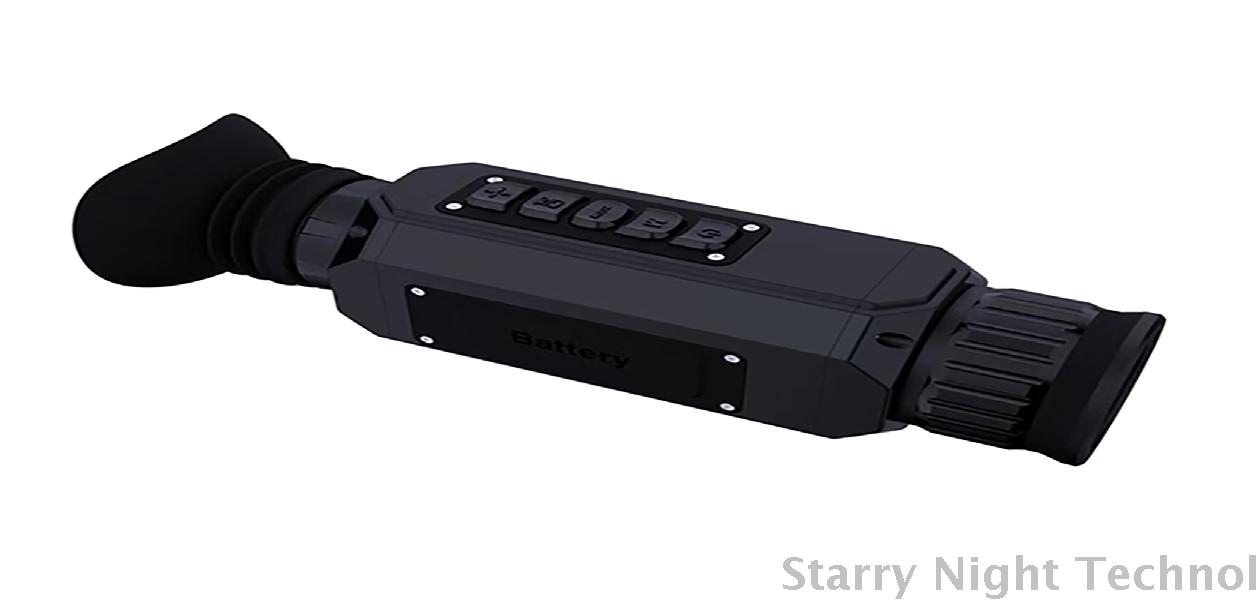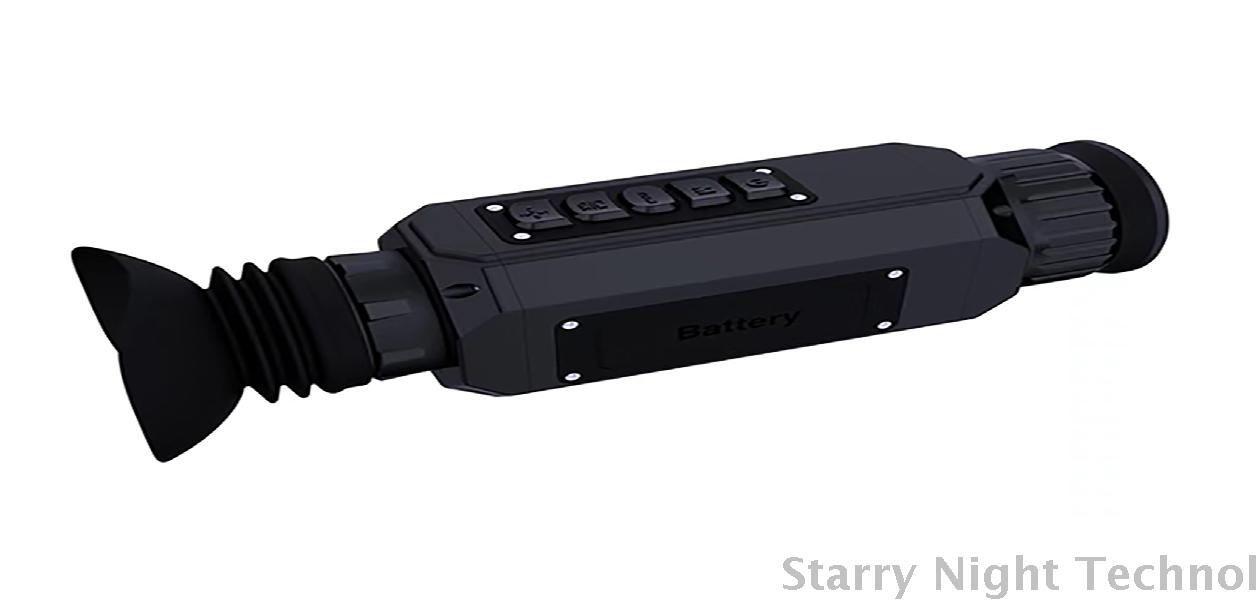The Protector of Drone Technology: Sentinel of the Night
1751076016000

As darkness blankets our cities, an unseen guardian takes to the skies—the drone. What was once a mere novelty reserved for hobbyists or military applications has evolved into a multifaceted technology serving diverse sectors from agriculture to emergency response and surveillance. Among these fliers stands the figure of the "Sentinel of the Night," a term that aptly denotes the dual role these devices play as both protectors and enforcers in urban landscapes.
### The Rise of Drone Technology
The rise of drones in recent years can be attributed to advancements in materials science, battery efficiency, and miniaturization of sensors. Drones have become more accessible, user-friendly, and versatile. Today’s unmanned aerial vehicles (UAVs) are equipped with high-definition cameras, GPS navigation systems, and artificial intelligence-driven algorithms that enhance their functionality exponentially.
From simple recreational use, drones have transitioned into critical tools for various industries. In healthcare, drones facilitate rapid medical deliveries; in construction, they offer real-time site inspections; and in disaster relief efforts, they provide vital reconnaissance in hard-to-reach areas. Each of these functions plays into the broader narrative that highlights the utility of drone technology—underscoring its emblematic role as the “sentinel” watching over different facets of society.
### Drones and Urban Policing
One of the most controversial but impactful uses of drone technology is in law enforcement. Police departments across the globe employ drones to monitor public spaces, offering an aerial perspective that enhances situational awareness during emergencies such as riots or natural disasters. Here, the drones act like vigilant sentinels, providing real-time data that inform strategic decisions concerning safety and resource allocation.
While there are substantial benefits associated with aerial policing—such as improved crowd management and quicker responses to incidents—it raises ethical concerns regarding privacy invasion and civil liberties. As we grapple with living in a time where personal space seems increasingly negotiable, it becomes crucial to find a balance between utilizing drones for public safety and respecting individuals’ rights.
However, advocates argue that this technology could significantly lead to reduced crime rates when deployed responsibly. Integrating drones into community engagement strategies allows police forces to build a rapport with citizens while ensuring overall security. In this context, the night sentinel sheds light on public interactions, fostering transparency through accountability measures based on collected footage.
### Environmental Monitors
Aside from urban environments, drones also serve as vital instruments in safeguarding ecological integrity. Renowned for their ability to access rugged terrains, UAVs conduct wildlife surveys, track endangered species, and assess environmental changes stemming from climate change and deforestation. Equipped with thermal imaging and multispectral sensors, drones gather extensive datasets crucial for conservationists striving to maintain biodiversity.
 ### A Sentient Security Choice in Smart Cities
### A Sentient Security Choice in Smart CitiesWith the advent of smart city initiatives worldwide, the application of drone technology evolves even further. Beyond conventional surveillance, drones integrated within a city’s digital infrastructure build elaborate networks designed to improve municipal operations. Utilizing their capabilities to manage traffic monitoring, waste collection, and emergency services, drones revolutionize urban planning.
By acting autonomously under the supervision of Artificial Intelligence platforms, these drones not only service crisis aversion strategies but embody the industriousness of the connected future. They carry out specific tasks programmed to respond to pre-defined contingencies—serving as a quintessential protector dispatching alerts or quickly resolving issues before damaging escalation occurs.
### Ethical Considerations and Future Outlook
While economic and operational efficiencies undoubtedly position drones favorably as guardians, their proliferation also necessitates stringent regulations framing their deployment. Striking a careful balance respects personal freedoms while allowing sufficient latitude for law enforcement and emergency responders to harness this innovative technology effectively.
Privacy legislation, ethics committees, and engaged dialogues among communities must draft guidelines on best practices moving forward. Public knowledge about drones’ advantages should expand alongside transparent operational protocols to ensure citizen trust remains intact.
The technological synergy between humanity and machines paves pathways towards unprecedented opportunities that redefine how societies operate. However, procedure guided by purpose is paramount to navigating the complexities surrounding integration.
### Conclusion
Ultimately, the “Sentinel of the Night" symbolizes the nuanced debate inherent in deploying drone technology—a sense of protection underpinned by vigilance balanced against ethical standards. With proper oversight and intentional design, drones possess the potential to advocate sustainability rather than merely surveil. Whether patrolling metropolitan areas, safeguarding national parks, or enhancing blended community initiatives, the amalgamation of machine innovation with conscious consideration ensures that our nocturnal watchers evolve beyond mere observers into dedicated defenders of the future.
Which is a good night vision deviceStarry Night Technol

